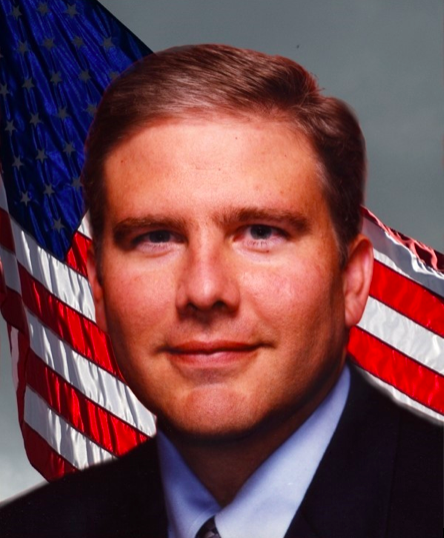I’ve been in the retirement plan business for 27 years, and during that time, I’ve seen the best and the worst it has to offer. But without a doubt, the most despicable person I’ve encountered is Matt Hutcheson. Matt paraded himself as a fiduciary expert, leveraging his appearance on PBS Frontline as proof of his supposed authority. Like an episode straight out of “Star Trek: The Next Generation,” where a character named Kieran MacDuff mysteriously appeared, Matt Hutcheson seemingly materialized out of nowhere, cloaking himself in credibility he never truly possessed.
Hutcheson was charismatic, hosting fiduciary symposiums and claiming connections that stretched all the way to a potential cabinet position as Secretary of Labor. He painted himself as a hero fighting for fiduciary transparency. Unfortunately, it was all smoke and mirrors. Behind the self-promotion, the truth was darker: Hutcheson was methodically embezzling millions from the multiple employer retirement plans (MEPs) he oversaw.
How do I know this? I replaced Hutcheson as fiduciary for one of the few MEPs he hadn’t robbed blind, though even that didn’t spare me from litigation. Unlike Hutcheson, I had fiduciary liability insurance, and because of it, I ended up getting sued. Meanwhile, Matt tried to convince me to suffer a default judgment in my own case so he could “rescue” me, another lie in an endless series of deceptions.
In 2013, Hutcheson was convicted on 17 counts of wire fraud involving more than $5 million in stolen retirement plan assets. Though sentenced to 17 years in prison, he somehow managed to secure a commutation. Yet karma wasn’t done with him. The Tax Court later determined that the $5,307,688 Hutcheson siphoned constituted taxable, unreported income. To add insult to injury, Hutcheson now owes back taxes, and severe penalties, on the stolen funds.
Reading through the court’s detailed findings reveals the depths of Hutcheson’s deception. He misappropriated retirement plan assets to fund an extravagant lifestyle, spending $1.2 million to purchase and renovate his own home, another $3 million attempting to buy a golf course, and yet another $1.2 million on personal and professional expenses. Judge Goeke made it crystal clear: Hutcheson had abandoned his fiduciary role, betraying the participants he was supposed to protect.
What’s particularly shocking is how long Hutcheson managed to maintain his facade. Despite clear warnings, despite the skepticism of participants who saw their distributions vanish, Hutcheson continued to double down, concocting elaborate lies to hide his theft. And ironically, while he testified before Congress advocating fiduciary transparency, he was secretly funneling hundreds of thousands of dollars into his pockets.
Judge Goeke didn’t mince words. He found Hutcheson’s explanations implausible, inconsistent, and utterly untrustworthy. The court concluded decisively that Hutcheson knowingly evaded taxes, underreported income by millions, and deserved every bit of the harsh penalties imposed.
This entire saga serves as a stark reminder for those of us involved in retirement plan management. Adopting employers were the ones who ultimately uncovered Hutcheson’s criminal acts, not regulators or watchdogs. It’s a sobering lesson about the importance of vigilance and
due diligence. Fiduciary responsibility isn’t a mere title or a box to check; it’s a profound obligation demanding continuous oversight and integrity.
As we move toward simplifying retirement plans and reducing burdens on employers, let’s never forget the essential role of ongoing oversight. Removing barriers to plan adoption is important, but we cannot compromise fiduciary vigilance. Hutcheson’s story underscores the necessity of maintaining constant, careful monitoring of providers, particularly in multiple employer settings. Otherwise, we risk repeating history, and enabling fraudsters like Matt Hutcheson to strike again.







